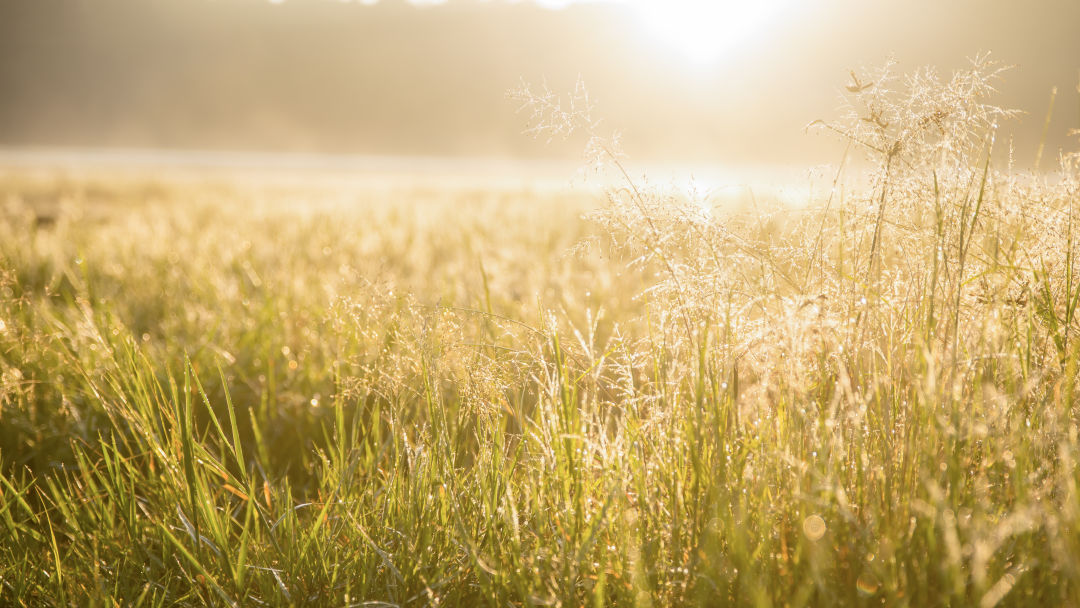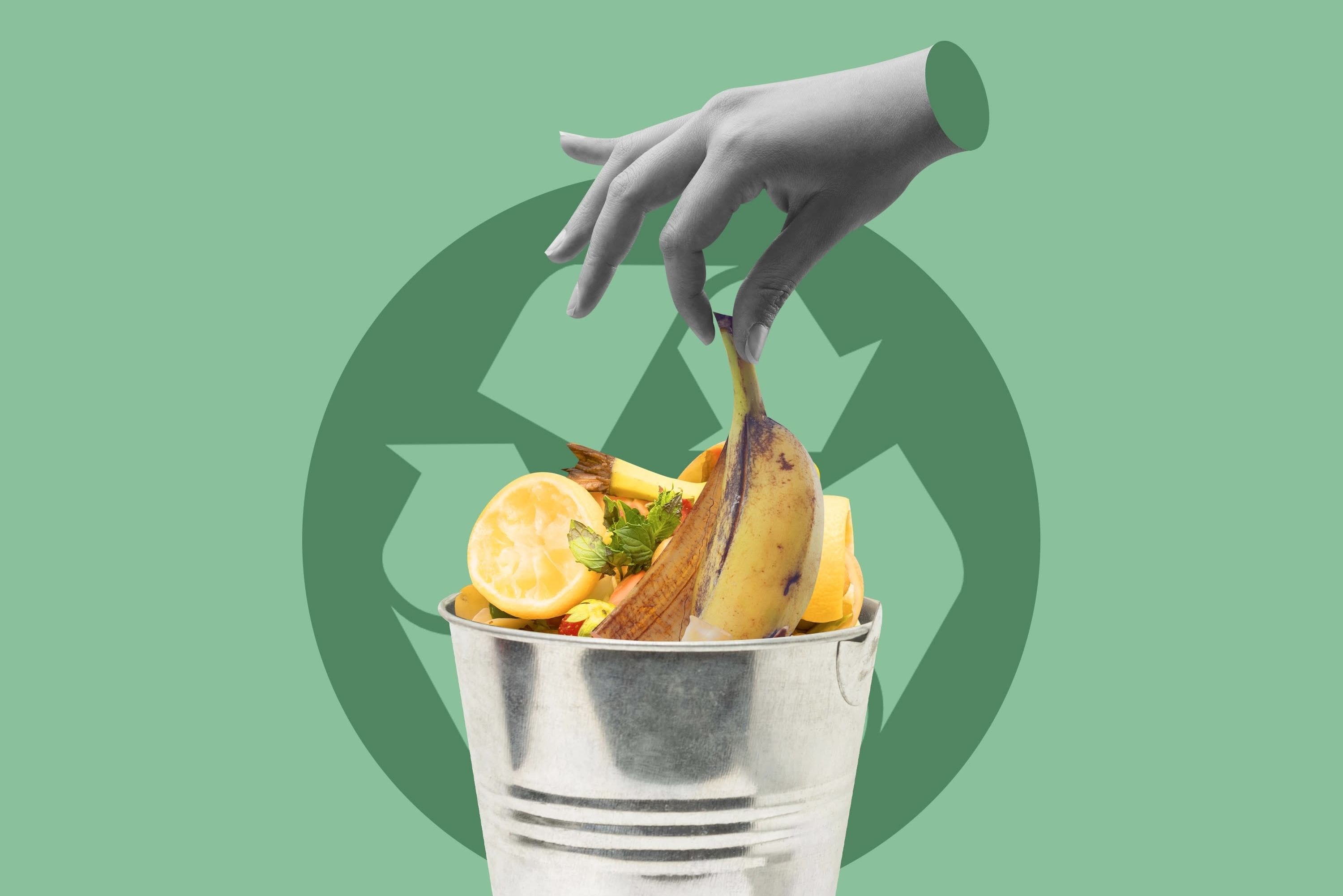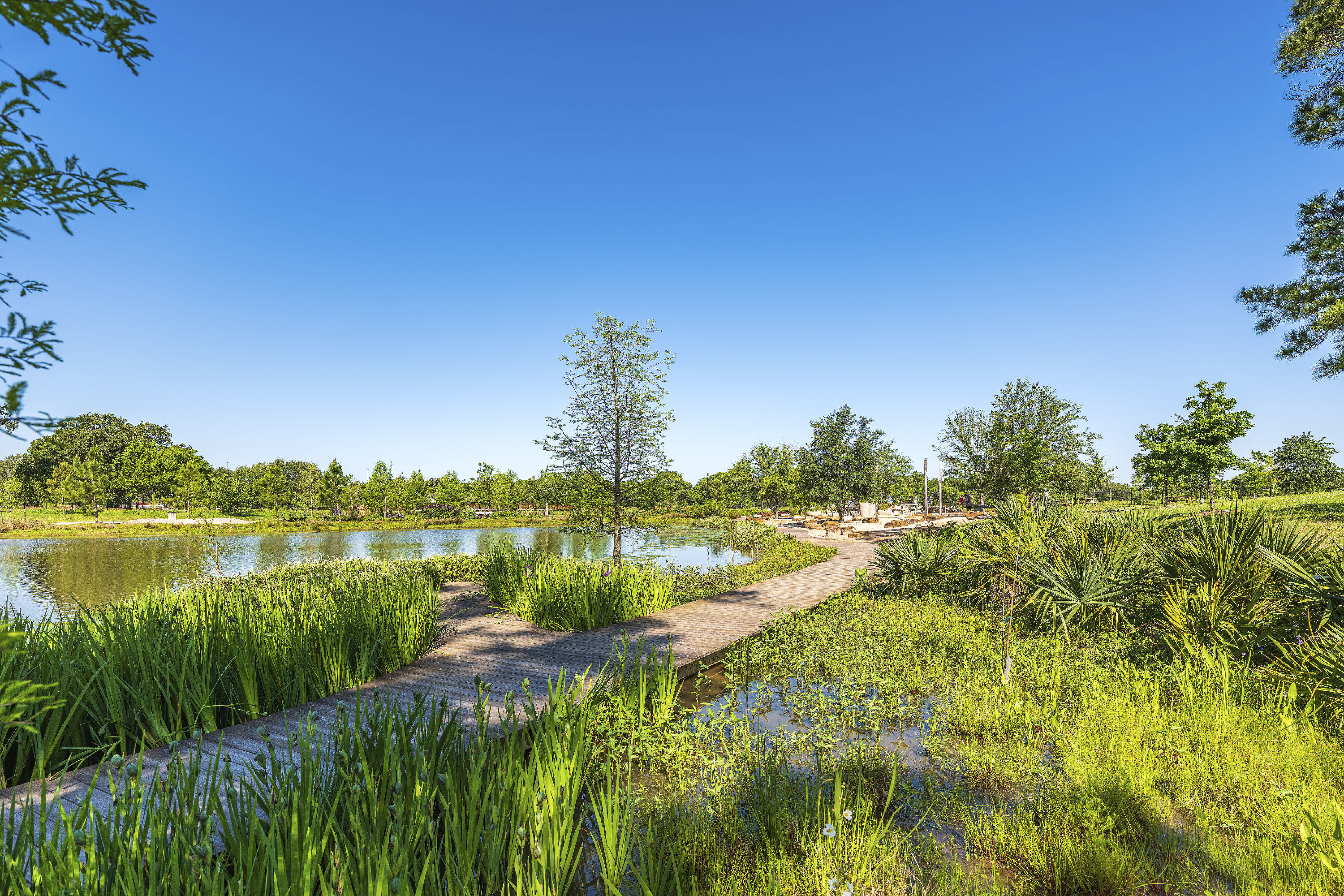Why You Should Start a Pocket Prairie in Your Yard

Home, home on the range.
Summer is just around the corner, and the fear of having your perfectly trimmed lawn turn as yellow as an abandoned wheat field under Texas’s scorching heat is likely looming overhead. But with lawn maintenance contributing to groundwater pollution, adding to the infernal din of leaf blowers on our city streets, and perhaps offering its own perils—hundreds of thousands of Americans are injured by lawn mowers each year—isn’t it time to start thinking about your lawn in a new way?
Gabriel Durham, a sustainability coordinator at the University of Houston, certainly thinks so. Durham believes that prairie grass is the key to maintaining a more cost-efficient yard while also contributing positively to our flood-prone environment. But before you picture all our high-end neighborhoods and suburbs looking like wild grasslands, consider the benefits.
Typical carpet grasses such as St. Augustine and Bermuda are the most expensive crop in the nation, says Durham. "And they don’t produce anything," she adds. "No food, no clothes, no fuel, no nothing, but we spend more money on them than on any plant collectively in the nation."
Prairie grass is more affordable. It only needs to be mowed once a year. It aids in soil's carbon sequestration, effectively pulling carbon dioxide out of the atmosphere and reducing climate change. It attracts birds and pollinators that are native to prairies. It's drought tolerant, and the grass’s deep root system also helps offset soil erosion and flooding by soaking up excess stormwater and bayou overflow, thus reducing the rate at which a flood hastens downstream and the time it takes the water to recede.
So, wait, why are we not all clamoring to turn our yards into pocket prairies already?
Homeowners Associations, for one thing, are a huge barrier due to restrictions stipulating how lawns should look.
And there's the long-held tradition of owning a perfectly kept lawn, which came from developer William Levitt, who worked alongside his father and brother to introduce the concept of affordable cookie-cutter homes with cookie-cutter lawns in America—primarily to servicemen—following World War II.
The invention of the lawn mower during the Industrial Revolution had already made tending a lawn less time-consuming, but the Levitts also emphasized the importance of homeowners keeping their lawns perpetually green—something that had primarily existed only among European elites—which meant more water-use and more maintenance. Today, lawn maintenance is a billion-dollar industry, and that’s not even including the grass itself.
How then, can we adopt more prairies into the Houston community?
Houston was originally part of some 6.5 million acres of coastal prairie along the Texas Coast. Plants that can help solve our flooding problems have always been here, serving as resilient green infrastructure. But fewer than 1 percent of our native tallgrass prairies remain today.
Today, Rice University, MD Anderson and the University of Houston all have their own prairies. The Katy Prairie Conservancy offers education and outreach to increase awareness about the prairie conservancy in the local community. Even Lady Bird Johnson set a precedent of embracing native plants through her beautification of the highway system in the 1960s. "That’s why you’ll see bluebonnets and other native flowers up and down the state highway," says Durham.
But he also suggests that our local government could cultivate more pocket prairies in areas that are city-owned and in Public Works corridors. "The more they pop up," he says, "the more seriously people will take them."
Thankfully, there's a way we can help, too.
“In neighborhoods, the gaps between houses and also places with empty grass could be prairieland," he says. "The initial cost might be high, but the maintenance fees will be lower."
The Katy Prairie Conservancy offers seed collecting days (when you can help collect seeds and get some to plant in your backyard), and their grounds are open to volunteers every Tuesday from 9 a.m. to 3 p.m. and Friday-Saturday, 9 a.m. to 1 p.m. You can also purchase native grasses and plants— here are a few to look for— at Houston Audubon plant sales, the Native American Seed online, or learn more about plants that work best for your yard (and how to get started planting) at wildflower.org.




